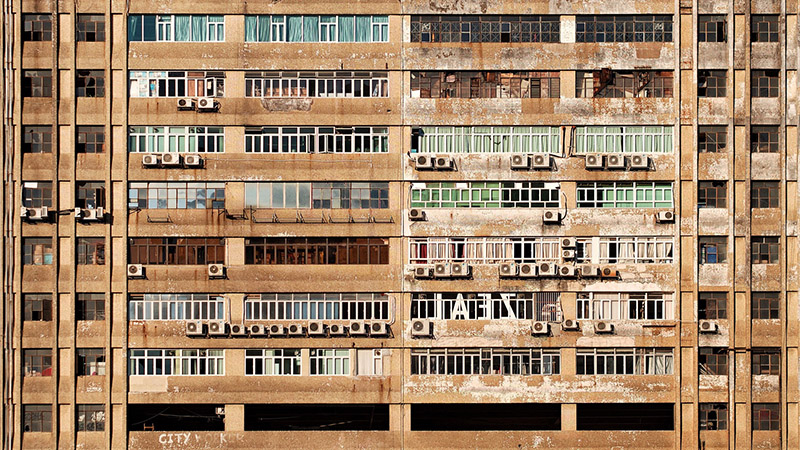Human history is littered with unintended consequences and the story of our climate certainly has its fair share.
Thankfully we’re on the cusp of getting ourselves out of one such consequence which could cool the planet by up to a full degree centigrade.
Back in the late 1970’s scientists realised that we were punching a hole in the ozone layer with our liberal use of a man made chemical called CFCs in our fridges and air conditioners.
Humans heeded this warning, got together in Montreal in 1987, and agreed to stop using CFCs. The Montreal Protocol remains one of the finest examples of international collaboration to protect the environment.
Weekly briefing: Sign up for your essential climate politics update
To replace the ozone eating CFCs, we created replacements, HCFCs which are in turn being replaced by HFCs, or hydrofluorocarbons.
However, what we didn’t realise at the time was that although HFCs don’t put a hole in the ozone layer they instead are cooking us alive.
Their potency as a greenhouse gas is up to 23,000 times that of carbon dioxide and their use is increasing at 10-15% per year.
It doesn’t take an atmospheric physicist to work out that if we keep up that pace then we can kiss goodbye to the goal of limiting global warming to 2 degrees Celsius, not to mention the Paris Agreement target of limiting it to 1.5 degrees Celsius.
One of the most important actions global community can take is amend #MontrealProtocol to phase down use of #HFCs.
https://t.co/MoH40eOKrx— Department of State (@StateDept) September 22, 2016
Thankfully we humans are an ingenious bunch and have now created climate-friendly replacements to HFCs. The trick now is to replace the old HFCs spewing equipment as quickly as possible and set a date for a near total phase down.
The new technology and alternatives are also more energy efficient which will keep greenhouse gas emissions down and save money.
It is estimated that phasing down HFCs could prevent global temperature rise of 0.5 degree Celsius by the end of the century.
If combined with the gains from the related energy efficiency measures, the overall HFCs phase-down effort can avoid up to a full degree Celsius of global warming.
Analysis: countries edge towards HFC-busting climate deal at UN talks
The first of these received a boost last week when a group of philanthropists announced in a rare move they were making $53 million available to poor countries to help them take advantage of efficiency gains as they transition away from HFCs.
This was topped up to a total of $80 million with $27 million additional dollars pledged to the Multilateral Fund from donor countries.
Now, every time a developing country makes the ‘non-HFC’ option, they not only stand to benefit enormously from the transition towards a cleaner and more sustainable future, but can also claim support from the significant resources that are being mobilised by the donor and philanthropic communities, including this new philanthropic fund.
It shows poor countries have nothing to fear from switching away from the HFCs which endanger everyone’s prosperity.
#Climatechange @teriin DG Dr. Ajay Mathur highlights why #India needs to be at the forefront to phasedown #HFCs https://t.co/Tu4cuime20
— NRDC India (@NRDC_India) September 22, 2016
This is all important groundwork ahead of next month’s Meeting of the Parties to the Montreal Protocol in Kigali, Rwanda, where nations need to set a date for phasing down the production and consumption of HFCs and their reduction schedule.
It is great to see Africa, despite not being a big producer or consumer of HFCs, playing host to this important meeting. The meeting on African soil would be a fitting place for the world to phase down the production and consumption of this very potent greenhouse gas.
There are multiple proposals on the table.
The most ambitious countries, including more than 100 countries from the Africa Group, Pacific Island Group, 14 Latin American countries, the EU and some other developed countries are pushing for this to be as early as possible around 2021 but others want to dawdle and are lobbying for later freeze dates, with India calling for 2031.
Fifteen more years of HFCs use would be a disaster and undermine other efforts to curb climate change. The battle to tackle climate change is one being fought on many fronts.
The fight to reduce carbon dioxide emissions gets most of the attention, but we can’t let ourselves get so engrossed in the carbon wars we take our eye off other battlegrounds.
But India and other countries can take comfort from the support being offered by both richer nations and philanthropists to make the transition as painless as possible and one that without the prosperity of the whole world will be put in jeopardy.
Let’s seize the opportunity in Kigali and adopt an ambitious schedule for phasing down HFCs with immediate effect. This is essential for meeting the Paris Agreement vision and ambition for keeping global temperature rise below 1.5 degrees Celsius.
Mohamed Adow is senior climate advisor at Christian Aid
